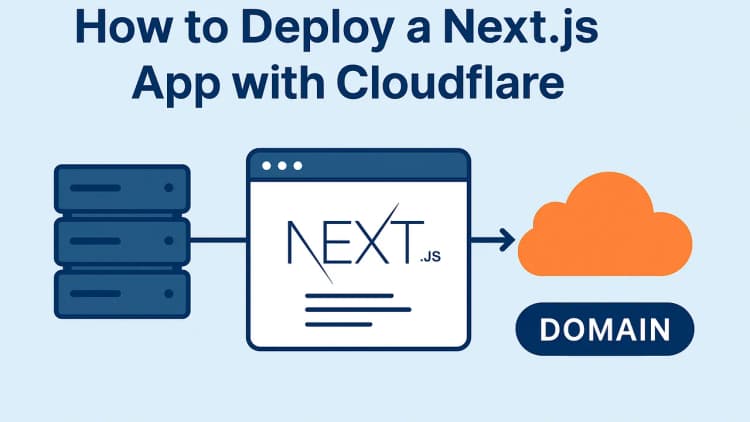In the ever-evolving world of web development, creating seamless, scalable, and user-friendly applications is the ultimate goal. Enter the Backend for Frontend (BFF) pattern—a game-changer that’s here to make your life as a developer easier and your applications more efficient. If you haven’t already embraced BFF, let me convince you why it’s your best friend forever in modern development.
What is BFF?
The Backend for Frontend pattern is a design approach where a dedicated backend service is created specifically to serve the needs of a particular frontend application. Unlike traditional monolithic APIs that cater to multiple clients (web, mobile, IoT, etc.), a BFF is tailored to the unique requirements of a single frontend, whether it’s a web app, mobile app, or even a smart TV interface.
Think of BFF as a personal assistant for your frontend. It handles the heavy lifting—data aggregation, transformation, and orchestration—so your frontend can focus on delivering a stellar user experience.
Why BFF is Your BFF
1. Tailored Data Delivery
Your frontend doesn’t need to wrestle with complex API responses or make multiple calls to stitch together data. A BFF curates the exact data your frontend needs, in the format it expects. This reduces frontend complexity, minimizes over-fetching, and speeds up development.
For example, if your mobile app needs a user’s profile and their recent orders in one view, the BFF can combine data from multiple microservices (say, a user service and an order service) into a single, tidy response. No more juggling endpoints on the client side!
2. Improved Performance
By offloading data processing to the BFF, you reduce the number of network requests from the frontend. This means faster load times and a snappier user experience. Plus, the BFF can cache responses, optimize queries, and even handle pagination or filtering logic, keeping your frontend lean and mean.
3. Simplified Frontend Development
With a BFF, your frontend developers can focus on what they do best: crafting beautiful, intuitive interfaces. The BFF abstracts away the complexity of backend systems, shielding the frontend from changes in underlying microservices. If a backend API changes, the BFF can adapt without forcing a rewrite of your frontend code.
4. Scalability and Flexibility
Each frontend (web, iOS, Android) can have its own BFF, allowing you to optimize for the specific needs of each platform. For instance, a mobile app might need lightweight responses to save bandwidth, while a web app might require richer data for a more interactive experience. BFFs let you scale and evolve each frontend independently.
5. Better Team Collaboration
The BFF pattern aligns well with modern team structures. Frontend teams can own their BFF, giving them control over the API contract and reducing dependencies on backend teams. This autonomy speeds up development cycles and fosters better collaboration, as each team can work at their own pace without stepping on each other’s toes.
When Should You Use BFF?
While BFF is awesome, it’s not a one-size-fits-all solution. Here’s when it shines:
- Complex frontend requirements: If your app needs to aggregate data from multiple microservices or handle complex transformations, a BFF is a lifesaver.
- Multiple frontends: If you’re building for web, mobile, and other platforms, BFFs ensure each gets a tailored experience.
- Rapid iteration: When you need to move fast and keep your frontend decoupled from backend changes, BFF is your go-to.
However, for simpler applications with a single frontend and straightforward API needs, a traditional API might suffice. Use BFF when the benefits outweigh the added complexity of maintaining additional services.
Getting Started with BFF
Ready to make BFF your best friend? Here’s a quick roadmap:
- Identify your frontend needs: Map out the data and interactions your frontend requires.
- Design the BFF API: Create endpoints that deliver exactly what the frontend needs, no more, no less.
- Choose your tech stack: Popular choices for BFFs include Go, FastAPI, Flask, Node.js, GraphQL, or frameworks like Spring Boot or Django.
- Deploy and iterate: Start small, deploy your BFF, and refine it as your app evolves.
Conclusion
The Backend for Frontend pattern is more than just a buzzword—it’s a powerful tool that simplifies development, boosts performance, and makes your applications more scalable. By acting as a dedicated ally for your frontend, BFF ensures your users get the best experience possible while keeping your codebase clean and maintainable.
So, go ahead and embrace BFF. It’s not just a pattern—it’s your best friend forever in the world of web development!
Album of the day:




